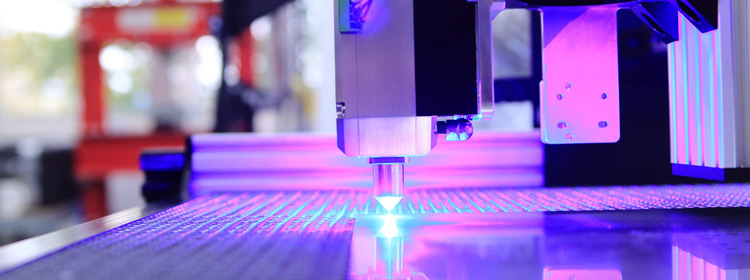
3D Print-Designing A Window For Added Value
There are design methods that incorporate 3D printing not given enough thought and consideration as to its maintenance. The technology is mostly made of plastic and, hence, versatile, but eventually becomes more expensive as they could not be maintained.
An example is the tilted window, or dual-action window, or tilt-and-turn window. It’s a design of windows that first became popular in Europe and were made out of extruded aluminum or polymer design. It can do a variety of functions by just changing the window’s handle direction: the window can be entirely opened to one side, or tilt it forward to open the top and let air in but prevent a burglar from getting in; one can escape through it in case evacuation is necessary, and most especially, it can be easily cleaned. Hence, both the outside and the inside of the window can be safely and quickly maintained. This benefit is not found in many older windows as they can only open outward. This window is designed for maintenance.
These windows became widely adopted for its unique tilting function as well as providing better insulation from noise outside and heat loss inside the home. It was not cheap but proved less expensive in the long run. Some of the mechanisms and design elements for these windows can be prototyped with 3D printing. A problem arises if this type of window is desired for an old model house, those with uneven walls, lack of level measurements, or variable holes for windows. 3D printing can make prototypes of end caps that can conform to the change in angles. Likewise, frames can be 3D printed so that the windows can be flush with the cavity.
Another aspect of design-for maintenance is the washing of windows. It happens that water goes down the windowsill and gets trapped there, leaving stains and damaging the paint. 3D prototyping can design a splash guard under the window or make a runoff guide to channel the water out. An entire building can save in cost of cleaning services and manpower. With a customized design, even installation cost can go down.
3D printing can solve problems of consumers by fitting their needs. 3D printing is highly flexible and improvisational. It offers efficiency and improvements to maintenance situations in even the most common applications, such as this: customizing windows and installations.
Prototyping To Customers’ Specifications
When you have an idea to make day-to-day duties and activities easier, safer, and convenient, let’s talk about prototyping. Visit us at 3D Composites for your needs.



